RARE! WWII D-Day Operation Overlord Allied RAF USAAF Normandy Mission Map (Mission Marked)

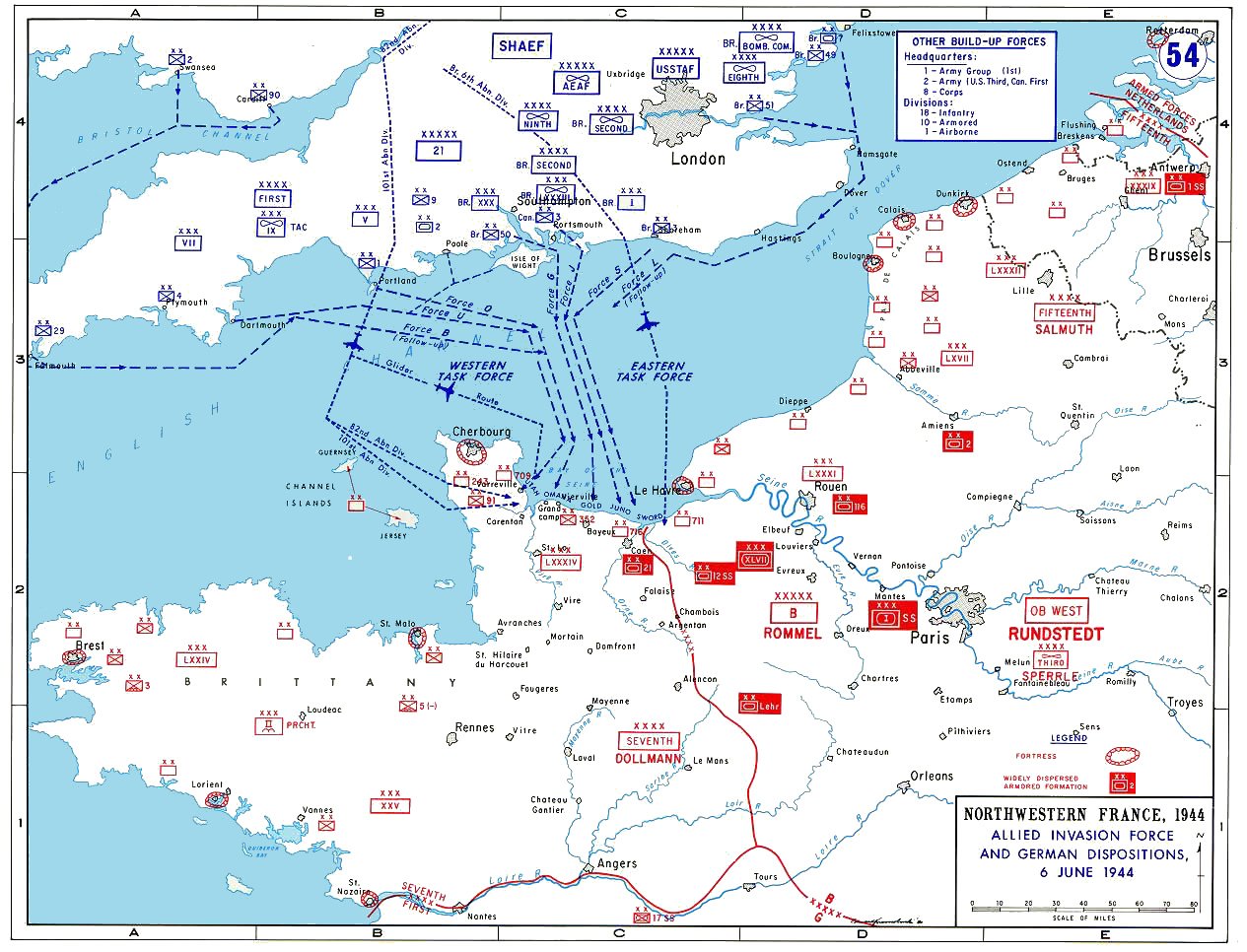


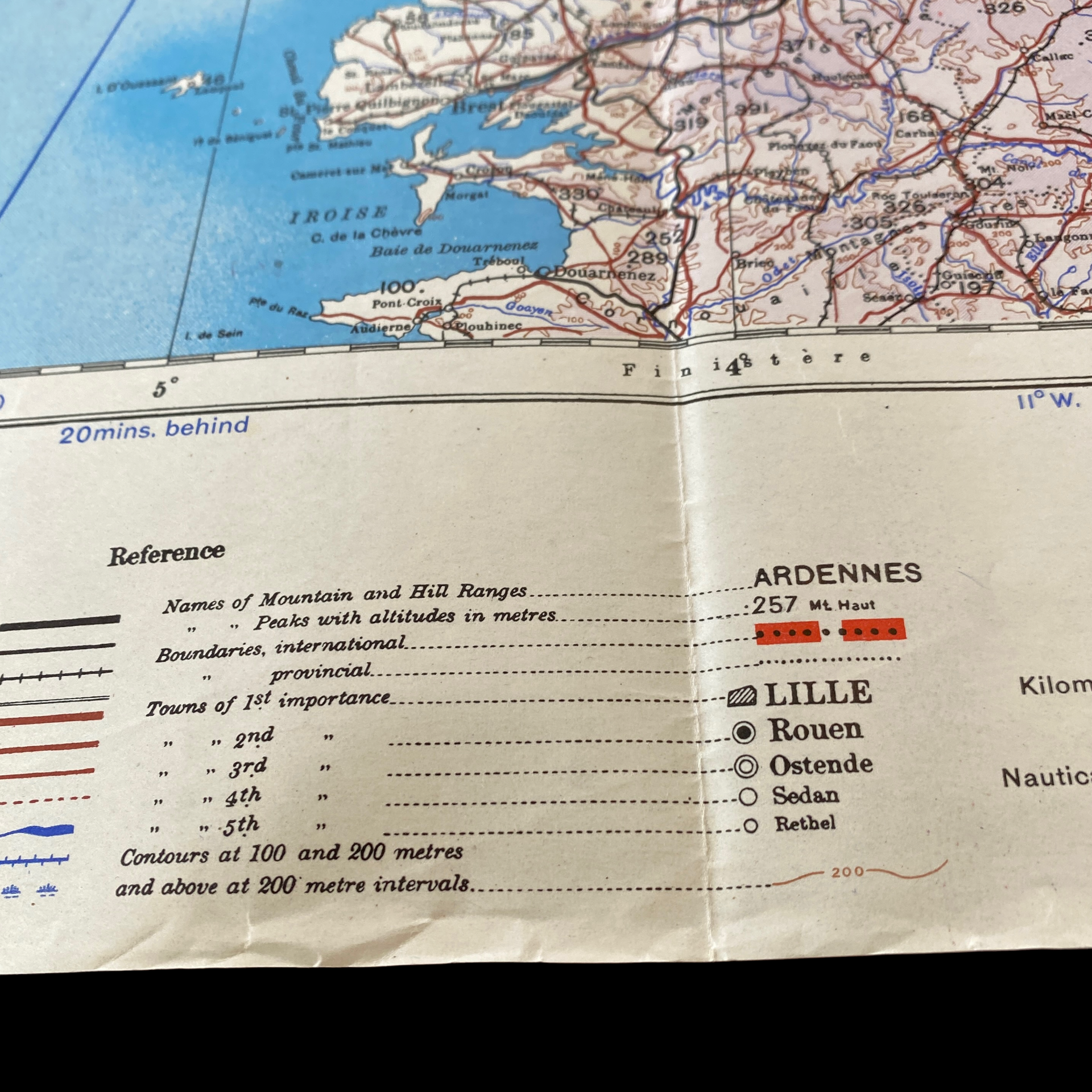



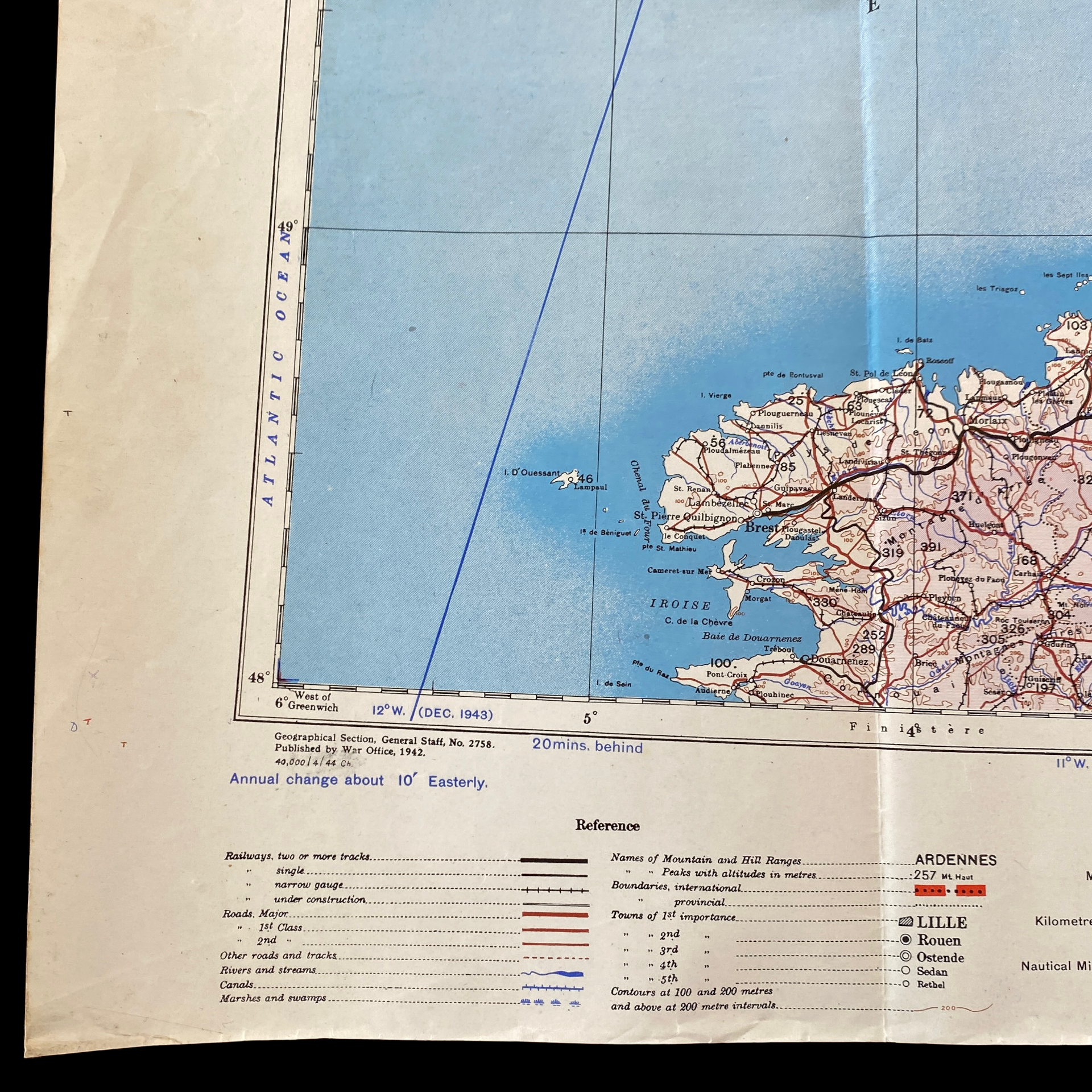


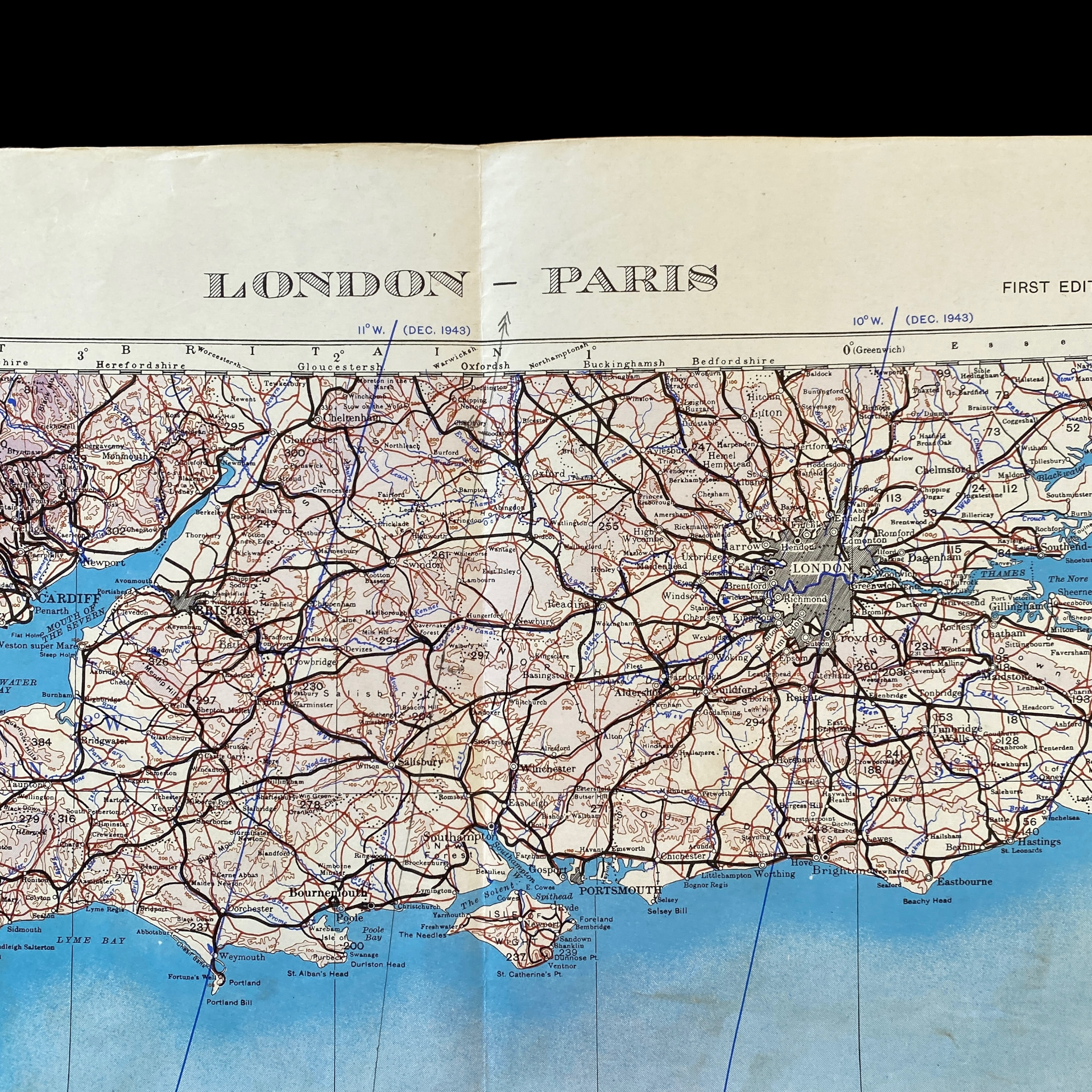


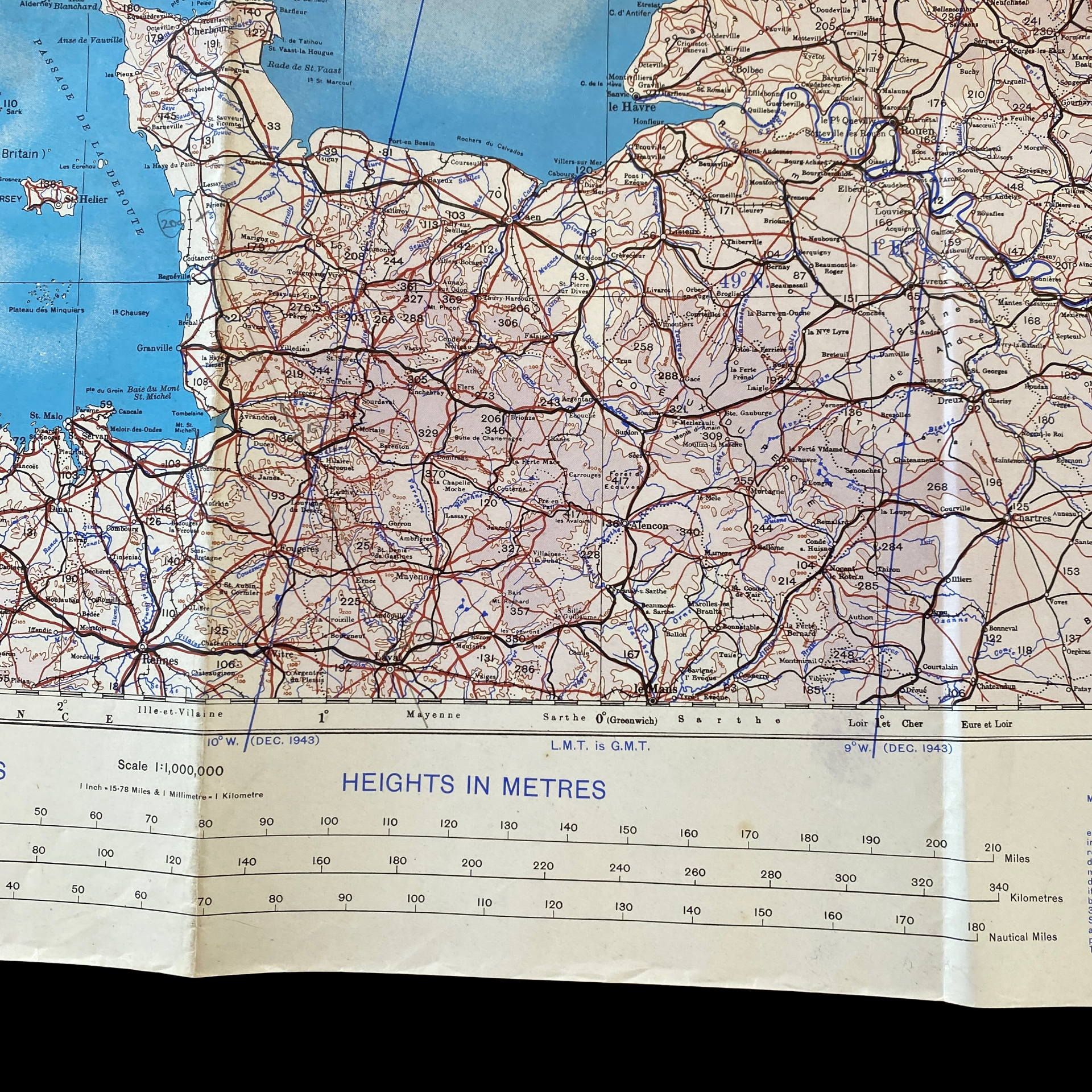

















RARE! WWII D-Day Operation Overlord Allied RAF USAAF Normandy Mission Map (Mission Marked)
Comes with C.O.A.
This incredibly rare and museum-grade World War II Operation Overlord D-Day bombing map was used extensively for aerial bombing missions during the Normandy campaign and the D-Day landings on June 6th, 1944. Dated 1944, this D-Day map remains in remarkable condition, given its age while also featuring Allied navigator mission annotations on map. This map was one of the main map used by Allied aircraft and bombers during Operation Overlord and the D-Day landings. This rare D-Day Normandy map features all of the five amphibious D-Day beaches, including Omaha, Utah, Gold, Sword, and Juno.
The Allied aerial bombing operations in the Normandy area before, during, and after the D-Day operations played a significant role in the success of the Allied invasion of France during World War II. These bombing operations, carried out by both the British Royal Air Force (RAF) and the United States Army Air Forces (USAAF), were aimed at destroying key military targets and disrupting enemy communication and transportation systems in the lead up to the D-Day landings.
Before the D-Day landings, the Allied bombing operations in the Normandy area were focused on disrupting the enemy's ability to resist the invasion. The RAF and USAAF carried out a series of heavy bombing raids on transportation hubs, communication centers, and military installations in the region. The most notable of these raids was Operation Overlord, a bombing campaign that took place in the days leading up to the D-Day landings. This operation involved the bombing of key transportation hubs and military installations along the coast of Normandy and aimed to weaken the enemy's ability to resist the invasion.
During the D-Day landings, the Allied bombing operations continued to play a crucial role in supporting the ground forces. The RAF and USAAF carried out bombing raids on enemy positions, communication and transportation hubs, and military installations in the immediate vicinity of the landing beaches. These raids helped to clear the way for the ground forces and made it easier for them to establish a beachhead on the Normandy coastline.
In the aftermath of the D-Day landings, the Allied bombing operations continued to support the ground forces as they pushed deeper into enemy territory. The RAF and USAAF carried out a series of precision bombing raids on key military targets, communication and transportation centers, and supply depots in the Normandy area. These raids helped to disrupt the enemy's ability to resupply and reinforce its troops, making it easier for the Allies to advance.
The Allied aerial bombing operations in the Normandy area were a crucial component of the overall strategy for the invasion of France. They helped to weaken the enemy's ability to resist the invasion and disrupted their communication and transportation systems, making it easier for the Allies to establish a beachhead and advance into enemy territory. The bombing operations also helped to clear the way for the ground forces, making it easier for them to establish a foothold in Normandy and push deeper into France.
In conclusion, the Allied aerial bombing operations in the Normandy area played a critical role in the success of the D-Day landings and the subsequent liberation of France. The bombing raids carried out by the RAF and USAAF helped to weaken the enemy's ability to resist the invasion and disrupted their communication and transportation systems, making it easier for the Allies to achieve their objectives and bring an end to the war in Europe.